If you've never tried fiddleheads, you're missing out! Fiddleheads are a delicate wild spring vegetable, only available for a few weeks every year. They have been considered a delicacy for centuries across North America, Europe, and even Asia, and have been prized by chefs for their symbolism of spring, eating local, wild sourced foods, and of course their flavor.
Their short season, and availability can make fiddleheads quite expensive, which is why learning to forage is so much fun! Find out what you need to know to clean these little suckers, and how to cook fiddleheads safely.
Fiddleheads are the very young shoots of the Ostrich Fern, (though other varieties are also harvested on occasion), and are a true sign of Spring finally making it's appearance in nature. One of the first forage-able food items of the year, (along with spruce tips, and dandelions), fiddleheads provide a good source of potassium, vitamin C and various minerals.
Some of the links in this post lead to affiliate sites through which Earth, Food, and Fire may earn a small commission should you make a purchase. For more info check the Affiliate Disclaimer. All advice, and opinions are based on observations from my own garden and experiences.
Are Fiddleheads Safe To Eat?
The short answer is yes, (if they are properly cooked)!
The first thing many people think of when they hear 'fiddleheads', is that they are potentially poisonous to eat. This can be discouraging to many, especially if you have no idea how to cook fiddleheads, or what to serve them with!
While Health Canada does say that fiddleheads may cause food poisioning, the actual cause of the illnesses have not been confirmed. Whether the food poisoning cases are due to a toxin, bacteria, or other source isn't known (though some other ferns are known to contain carcinogens), and it's best to take extra steps to make sure fiddleheads are properly stored, cleaned, and cooked.
Keep reading to find out how to avoid getting sick from eating fiddleheads.
Properly Storing, and Cleaning Fiddleheads
It's best to eat fiddleheads as soon as possible after harvesting. The tightly wound fern heads grow in wet, woodland areas, and as such are a natural breeding ground for bacteria.
If foraging for fiddleheads yourself, go with an experienced guide if you have never done this before!
As mentioned above, fiddleheads are forage-able, (but do so only once you know what you are doing!). You can avoid the hard work by sourcing them from farmers markets, and local grocery stores from mid April to May.
Cleaning Fiddleheads
To clean your fiddleheads, remove any of the brown papery husk, that may be wrapped around the tightly curled head. Rinse the fiddleheads in fresh water several times, to wash away any dirt, insects, and remaining buts of husk. The fiddleheads should be a vibrant, dark green, firm, and not have any black patches on them.
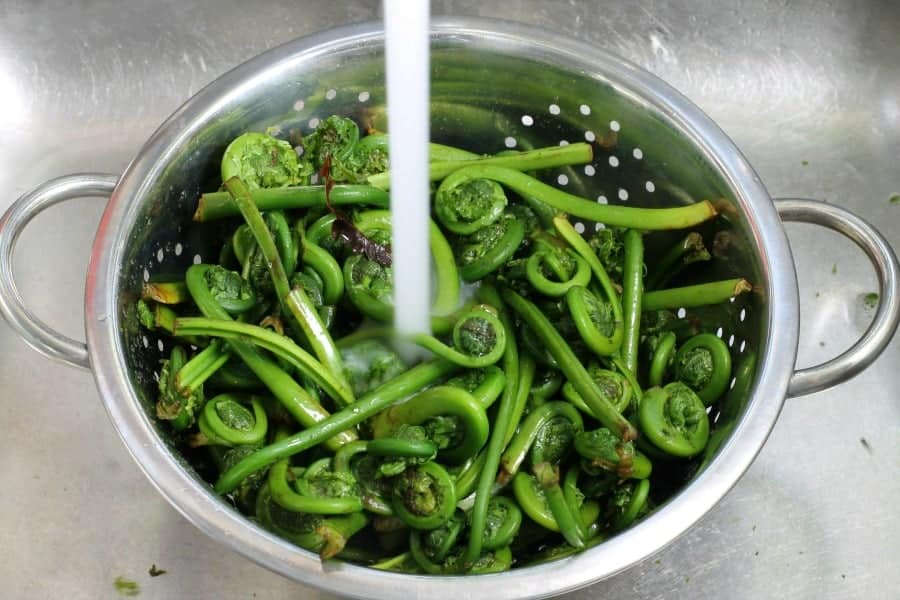
Storing Fiddleheads
Pat dry the fiddleheads with a clean cloth to prevent bacteria from growing.
- Store the fiddleheads in a breathable container in your fridge for up to three to four days after harvesting. You want to avoid moisture build-up, and airflow will help keep them dry, and cool.
- You can pickle fiddleheads, but it is best not to store them for long periods of time, as a safe canning temperatures and times have not been determined yet. When pickling it's fiddleheads it's best to do so at a high temperature, and to consume them within a few weeks. Always refrigerate pickled fiddleheads to reduce the chance of food poisoning.
- Fiddleheads can also be frozen for long term storage.
How To Cook Fiddleheads Safely
Health Canada recommends cooking freshly harvested and cleaned fiddleheads in boiling water for 15 minutes or steaming them for 8 to 10 minutes to leach out many of the bitter tannins, and destroy any bacteria.
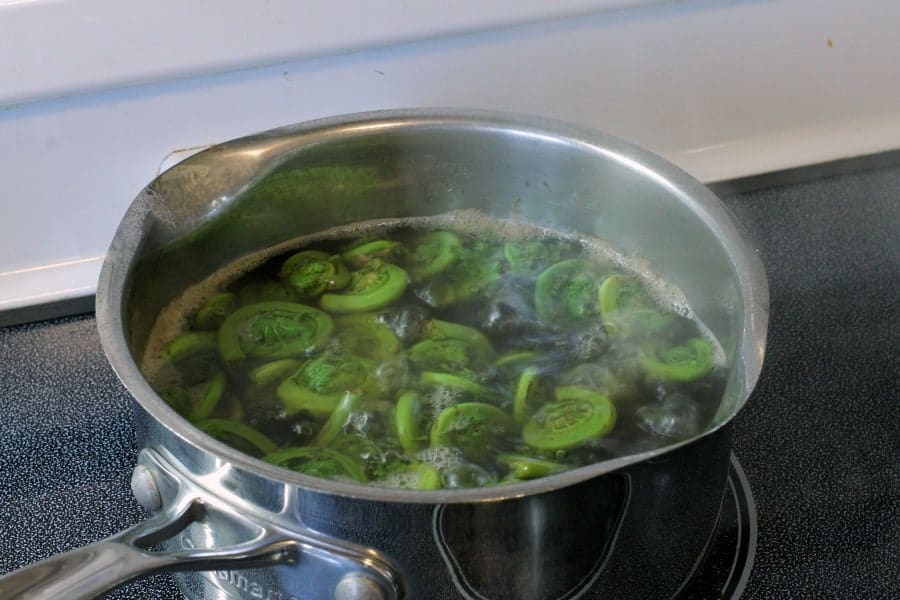
As a Chef, 15 minutes seems quite long to me though, and I can almost guarantee that the finished product will be very soft, mushy, and not that tasty. I do believe fiddleheads need to be more then just quickly sauteed though, and the key is to find a happy medium.
I suggest simmering properly cleaned fiddleheads for 5 to 8 minutes, before using them in a recipe and cooking them a little further. After simmering, the fiddleheads are delicious sauteed with a little finely chopped onion, garlic, and butter. I also enjoy them tossed into a pan with sliced sausage, tomato, and herbs.
They make an excellent side dish for grilled pork, chicken, and even fish and shellfish! I like to think of fiddleheads much like asparagus, and use them in many of the same ways I would use asparagus.

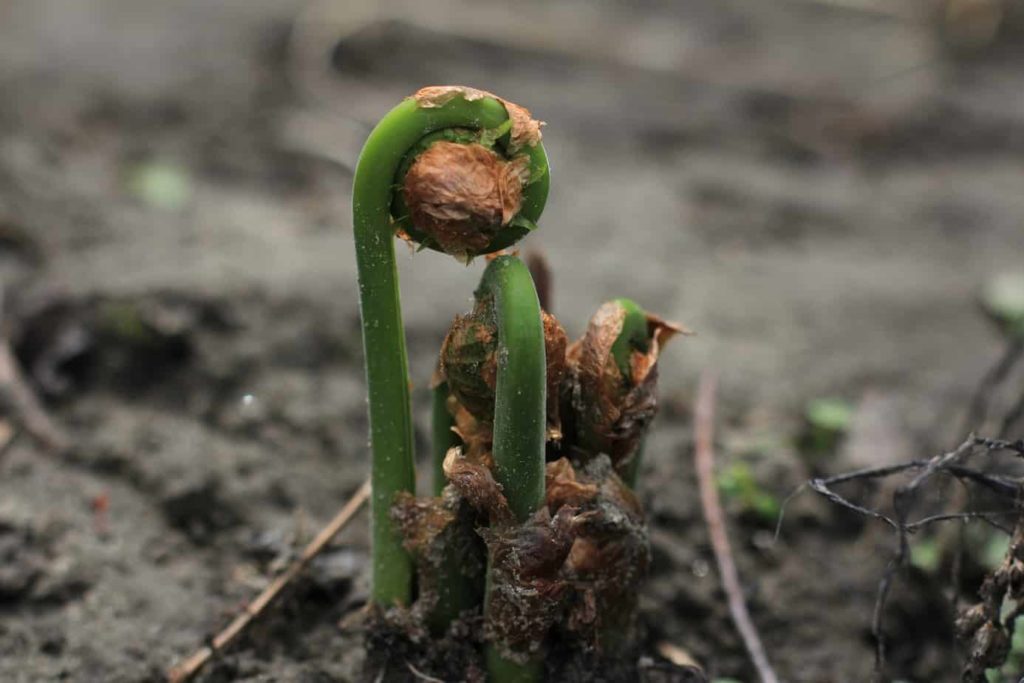
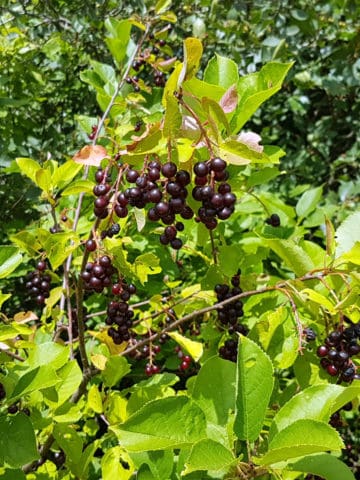
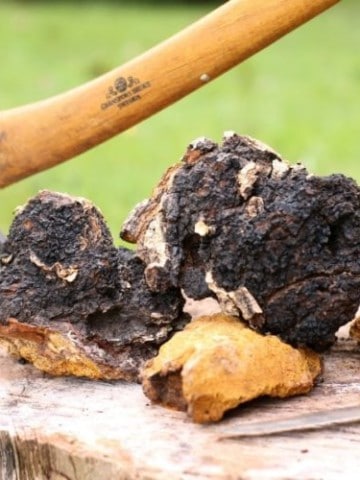
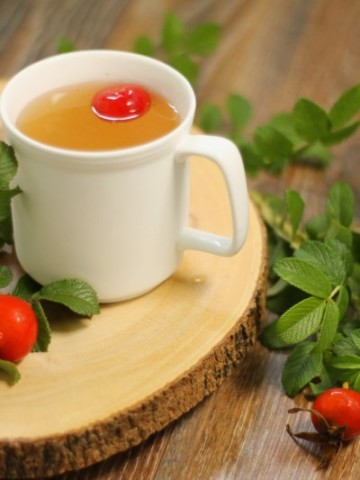
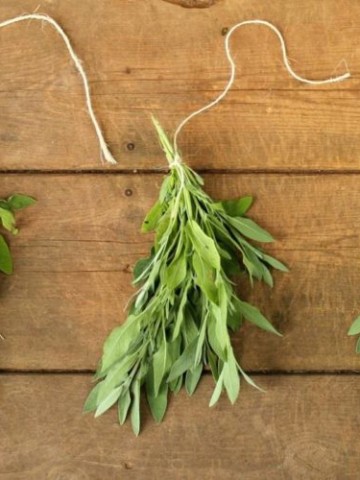
Kevin Crockett
I just had my first taste of fiddlehead ferns at a restaurant here in Belfast Maine. I guess I’m hooked! I live on four wooded acres in north east Pennsylvania, definitely going to hunt for some of these!